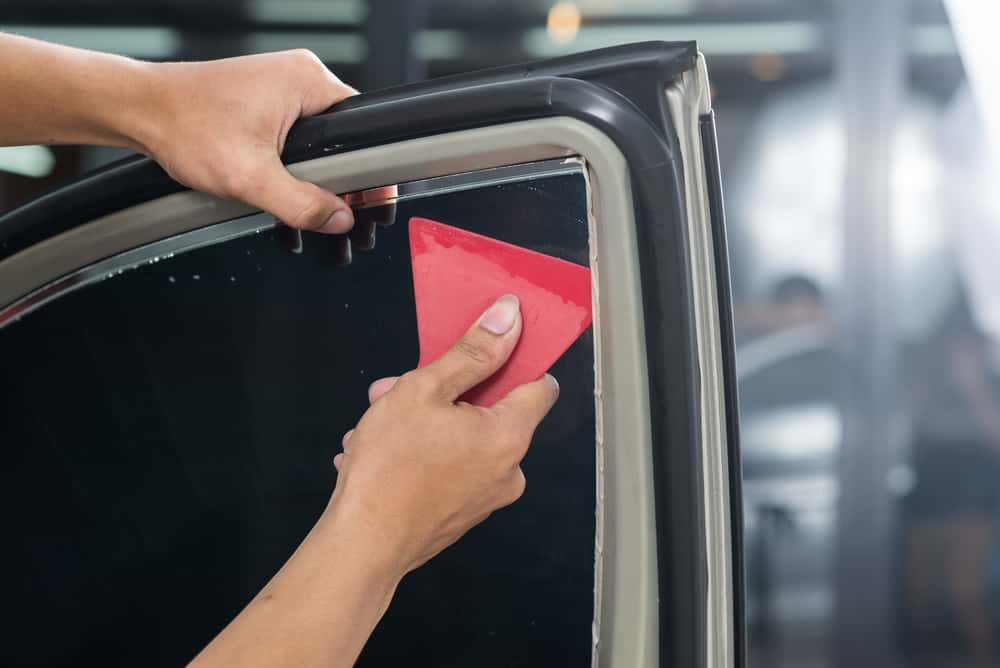What Is Window Tinting, And Do You Need It?
or commercial building to reduce the amount of visible light and heat that enters the space. The film is typically made of a polyester material and is coated with a layer of adhesive to attach to the glass.
The main benefits of window tinting are:
Reducing heat and glare:
Window tinting can best window tinting block up to 99% of harmful UV rays, which can reduce the heat and glare coming through the windows, making the space more comfortable.
Enhancing privacy:
Tinted windows can provide a level of privacy by blocking the view from outside.
Protecting interiors:
Tinting can help protect the interiors of a car or home from fading and damage caused by UV rays.
Whether you need window tinting or not depends on your personal
preferences and the purpose for which you want it. If you want to reduce heat and glare in your car or home, or if you want to enhance privacy, window tinting can be a good option. However,
if you prefer to have maximum visibility and natural light in your space:
window tinting may not be the best choice. It is also important to note that some states and countries have
laws and regulations regarding the degree of tinting allowed on car windows, so be sure to check local regulations before getting your windows tinted.
What Is Window Tinting?
Window tinting is the process of applying a thin film to the windows of a vehicle or building to reduce the amount of heat and.
light that enters through the glass. The film is typically made of polyester and contains dyes or metals that absorb or reflect certain wavelengths of light.
Window tinting is commonly used in cars to reduce glare:
protect the interior from UV damage, and provide privacy. It can also be used in homes and commercial
buildings to reduce energy costs and improve comfort by reducing the amount of heat that enters through windows.
The level of tinting is measured by a percentage that represents:
the amount of visible light that can pass through the film. For example, a 50% tint will allow 50% of visible light to pass through the window, while blocking the other 50%.
Window tinting laws vary by state and country, so it's important to check local regulations before having windows tinted.
Types of Window Tinting:
Window tinting refers to the process of applying a thin film of material to the windows of a vehicle or building to
reduce the amount of sunlight and heat that enters. There are several types of window tinting, each with its own set of advantages and disadvantages.
Dyed Window Tinting:
This type of window tinting is made by applying a layer of dye to the surface of the window. It is the most affordable and common
type of window tinting. Dyed window tinting can reduce the amount of visible light that passes through the window, but it does not provide much heat reduction.
Metalized Window Tinting:
Metalized window tinting is made by layering metal particles onto the window. It reflects the sunlight and provides excellent heat reduction. However, it can interfere with radio and cellular signals.
Ceramic Window Tinting:
Ceramic window tinting is made by using tiny ceramic particles embedded in the film. It provides the
highest level of heat reduction and does not interfere with radio or cellular signals. It is also more durable than other types of window tinting.
Carbon Window Tinting:
Carbon window tinting is auto tint made by layering carbon particles onto the window. It provides excellent heat reduction and does not fade over time.
Crystalline Window Tinting:
Crystalline window tinting is made by using a multi-layer film that reflects heat and blocks UV rays. It allows a
high amount of visible light to pass through and provides excellent clarity. However, it is the most expensive type of window tinting.

Comments
Post a Comment